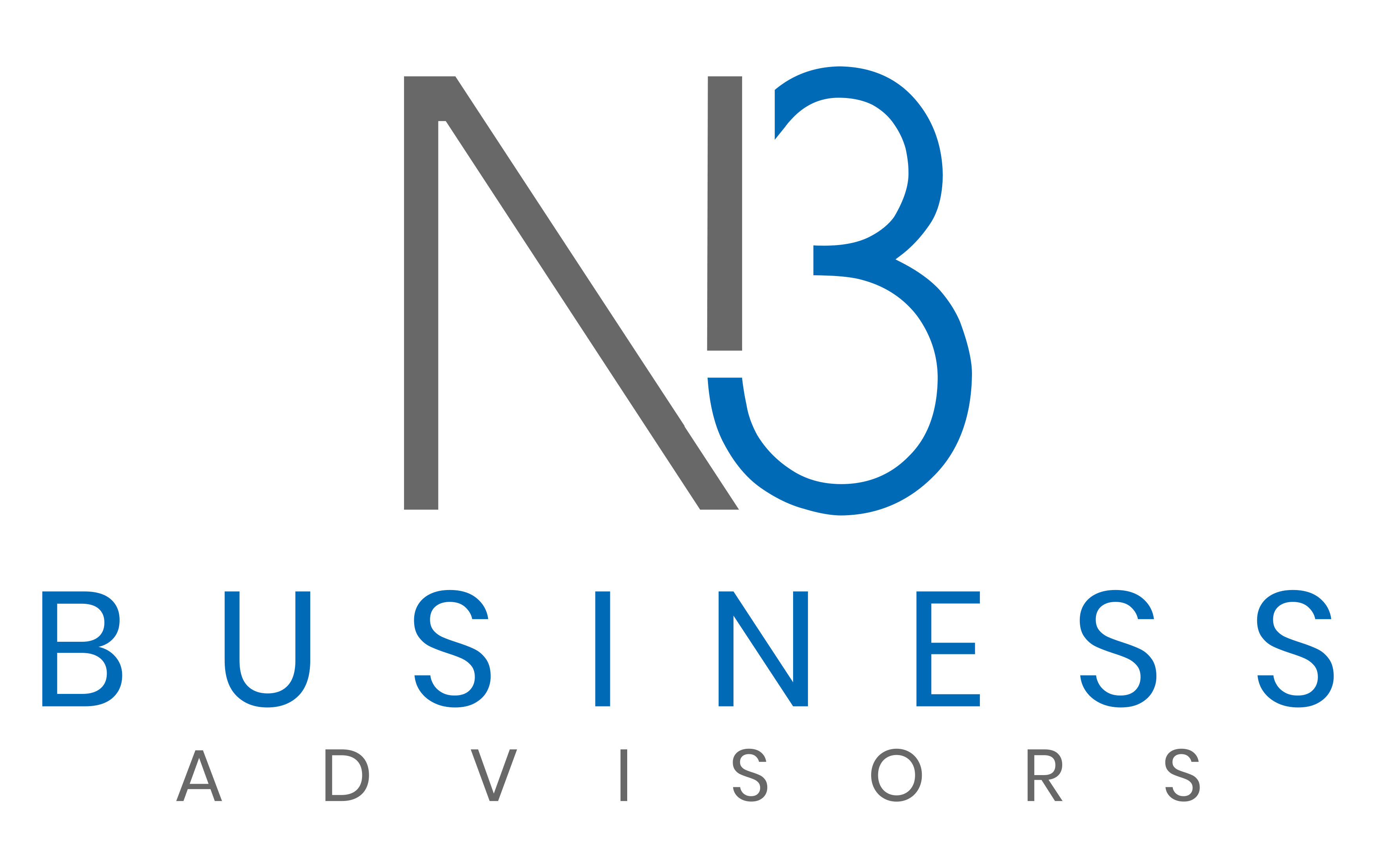Hey there, fellow HVAC business owners!
If you’re like me, you’re always on the lookout for ways to streamline operations, improve customer relationships, and boost your bottom line. One of the best tools to help you achieve all this is a Customer Relationship Management (CRM) system. But how do you go about implementing one in your HVAC company? Let’s dive into that today.
As I’ve shared previously in [How to Build a Strong Online Presence for Your HVAC Company], having a robust marketing strategy is crucial. But managing those relationships after capturing leads? That’s where a solid CRM comes in, helping you manage customer data, enhance communication, and ultimately drive sales.
Here’s a guide to effectively implementing a CRM system in your HVAC business.
Why You Need a CRM System
Before jumping into implementation, let’s discuss why you need a CRM system in the first place:
- Centralized Customer Data: A CRM consolidates all customer interactions, making contact information, service history, and communication notes easily accessible.
- Improved Customer Relationships: With detailed profiles, your team can provide personalized service, leading to higher customer satisfaction.
- Streamlined Communication: Track conversations and follow up effectively, ensuring no leads fall through the cracks.
- Enhanced Sales and Marketing: Segment your customer base for targeted campaigns and measure performance.
- Operational Efficiency: Automate tasks like follow-ups and scheduling, saving time and reducing human error.
Now, let’s go through the steps to implement a CRM system.
Step 1: Define Your Goals
Clearly define what you want to achieve with a CRM system. Consider these questions:
- Are you aiming to improve customer retention?
- Do you want to streamline the sales process?
- Is better team communication a goal?
- Are you seeking better analytics for future marketing efforts?
Establishing specific goals will help guide your CRM implementation process.
Step 2: Research and Choose the Right CRM
Choose a CRM that fits your HVAC business needs. Here are a few options to consider:
- Jobber: Best for managing field service operations.
- Housecall Pro: Offers invoicing, scheduling, and customer management.
- ServiceTitan: Combines CRM with dispatching and marketing tools.
- Salesforce: A customizable CRM that can scale with your business.
Look for ease of use, integration capabilities, pricing, and support when evaluating options.
Step 3: Involve Your Team
A CRM is only as effective as the people using it, so involve your team from the start:
- Gather Feedback: Get input from your technicians, sales staff, and admin team on essential features.
- Assign Roles: Define responsibilities for data entry, customer interactions, and report analysis.
- Create a Champion: Designate someone to lead the CRM implementation and motivate others.
Step 4: Data Migration and Integration
Once you’ve chosen your CRM, migrate your existing data into the system:
- Clean Your Data: Remove duplicates and correct errors before migrating.
- Plan for Integration: Ensure your CRM integrates with other software tools like accounting or project management systems.
- Test Imports: Conduct test imports to ensure smooth data transfer.
Step 5: Train Your Team
Train your team to use the CRM effectively:
- Comprehensive Training: Schedule sessions to cover key features like data entry, reporting, and automation.
- Reference Materials: Provide quick guides or video tutorials for future reference.
- Encourage Questions: Make sure your team feels comfortable asking for help.
Step 6: Monitor Usage and Performance
Monitor how well your team is using the CRM after implementation:
- User Adoption: Are team members regularly using the CRM? Identify any roadblocks and address them.
- Data Accuracy: Conduct regular audits to ensure data is accurate.
- Performance Metrics: Measure your goals, such as improved customer retention and sales, to gauge success.
Step 7: Continuously Optimize
The CRM system should evolve with your business:
- Gather Feedback: Regularly check in with your team to identify areas for improvement.
- Stay Updated on Features: Take advantage of new updates and features.
- Analyze Data for Insights: Use CRM reporting to make data-driven decisions for marketing and service strategies.
Real-Life Example: Successful CRM Implementation in an HVAC Company
An HVAC company I know struggled with managing customer relationships. After implementing ServiceTitan, their sales team used the CRM to log every customer interaction, leading to a 30% increase in their closing rate. Their technicians also accessed service history before arriving on-site, which improved resolution times and customer satisfaction.
Wrapping It Up
Implementing a CRM system in your HVAC company can be a game changer. By centralizing customer data, streamlining communication, and improving service delivery, you’ll build stronger relationships and drive growth.
If you need guidance, feel free to reach out to me or the team at N3 Business Advisors. And don’t forget to check out my blog post here for more tips.
Let me know in the comments how you’re using CRM systems or if you have any questions. I’d love to hear your thoughts!
Disclaimer:
Any information provided here is for information purpose only. It should not be considered as legal, accounting or tax advice. Prior to making any decisions, it’s the responsibility of the reader to consult their accountant and lawyer. N3 Business Advisors and its representatives disclaims any responsibilities for actions taken by the reader without appropriate professional consultation.

